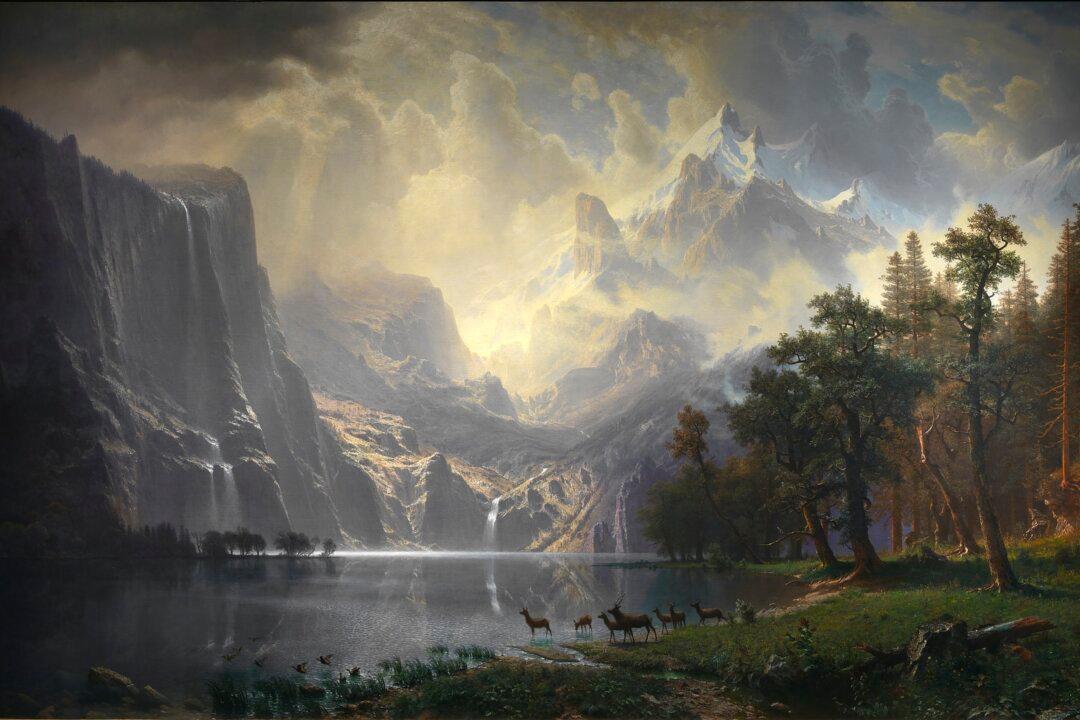There are eras in American history from the colonial days to the revolution, then Manifest Destiny, stretching our nation to the far sea. First came mountain men, then pioneers and buckskin heroes like Daniel Boone and Davy Crockett, “Wild Bill” Hickok and “Buffalo Bill” Cody, who captured our national imagination. The Civil War erupted and interrupted, but the westward expansion continued in the years that followed. Migration in growing numbers settled the vast territory of the American West. The golden spike completed the transcontinental railroad in 1869, an exclamation point in our nation’s history.
Frederic Remington was born in upstate New York in 1861 and reveled in this era like few before him. He was trained in art at Yale, but he also played football. An artist’s eye combined with rough-and-tumble experiences married within his personality. The West called to him. He found work as an illustrator for Harper’s Weekly but was also a field correspondent. The public’s desire for Western stories was insatiable.






